Home › News › Industry
Essential Guidelines to Prevent Construction Accident at the Workplace
Published on:
The building construction industry keeps trying to increase the strong safety. Nevertheless, no doubt that the profession is a risky profession. According to the Occupational Safety and Health Administration (OSHA), of the 3,929 worker fatalities reported in 2013 in private industry, a total of 796 (20.3%) happened in this industry.
This formation conveys that deaths in this construction industry are going higher than the average for all other industries. OSHA instructs that employers and managers must observe the eight significant areas of the construction to prevent deadly accidents.
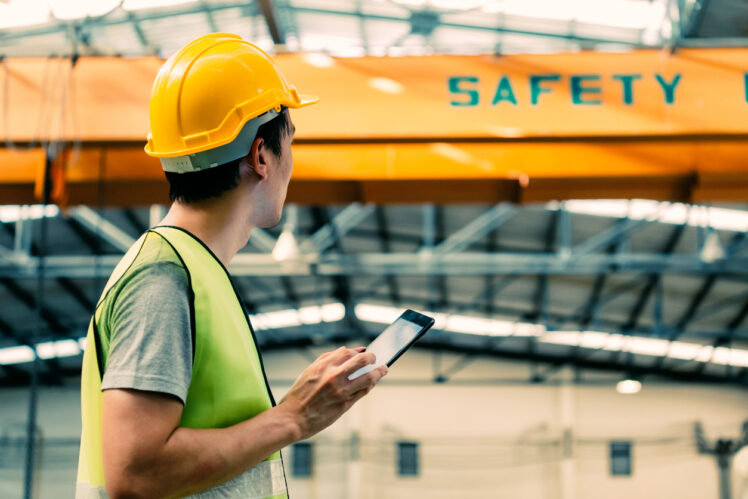
Contents
8 areas of accident prevention in the industry
Initiatives to prevent accidents should include, among others, the following eight key areas:
- Changes in elevation
- Water, snow or ice
- Illumination
- Debris
- Cables and hoses
- Scaffolding
- Stairs and steps
- Security protocols and equipment
Changes in elevation
Changes in elevation are one of the leading causes of trip and fall accidents. Follow these tips to secure surfaces in the workplace:
- Provide good leveling at switch points
- Identify uneven areas in walkways with signs and paint
- Secure all joints in temporary flooring to prevent tripping
- Report and repair damaged surfaces immediately
- Train employees to identify security issues
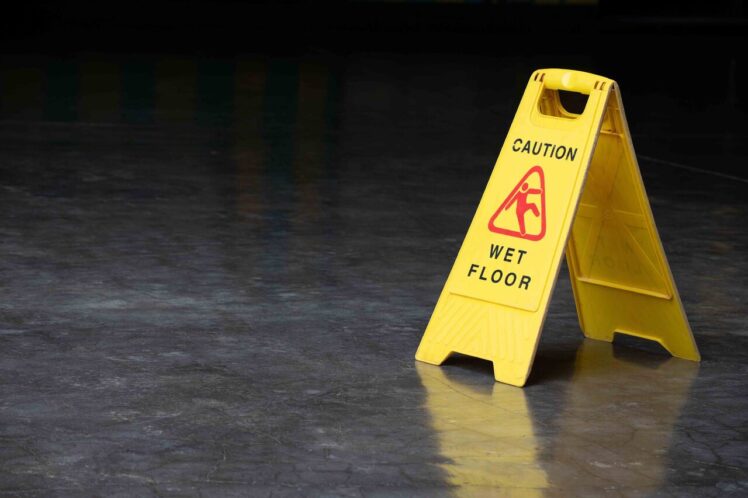
Water, Snow or Ice
One of the best ways to prevent accidents in the construction industry is to clean water, snow, or ice off surfaces. Workers should be trained and have the necessary tools to perform the necessary safety tasks:
- Clear water and ice immediately
- Place signs to warn all employees
- Place squeegees and other supplies near all areas of possible danger
- Train all workers to clean up rainwater, snow, or ice before beginning work tasks
Lightning
Having good lighting conditions is one of the best ways to prevent security problems:
- Train staff to always have good lighting conditions in the workplace
- Resolve any related issues before beginning work duties
- Check light stands for problems such as worn wires
- Perform proper lighting maintenance
- Advise managers to implement safety protocols and procedures before starting the project
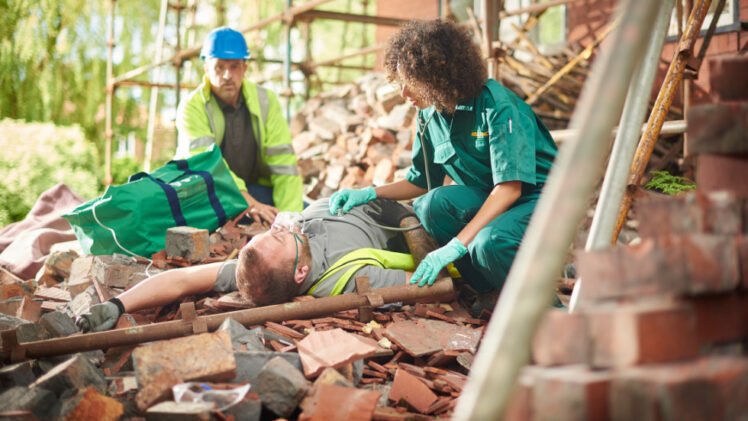
Debris
All work personnel should be alert for debris. Here are some relevant security measures:
- Remove all debris in construction areas
- Provide easy access for all personnel to clear and simple debris removal instructions
- Do not leave pipes or other materials that can roll in paths of passage
Cables and Hoses
Here are some safety tips:
- Put cables and hoses on top if possible
- Use duct tape to tape cables and hoses to walls, boards, and columns so they are out of the way
- Move cables and hoses away from potential hazards, such as metal objects or wet areas
- Never run cables and hoses down ladders and steps, even if they are secured
- Train employees on how they can be injured if they trip over loose wires and hoses, and how to fix these problems right away

Scaffolding
Approximately 2.3 million construction workers use scaffolds on the job. Using them correctly could eliminate up to 50 deaths and 4,500 injuries a year. Here are some basic scaffold safety guidelines:
- Build on solid floors: The floor should be strong enough to support the weight of the scaffold so that it can take the load without moving or wobbling. Scaffolds should be at least 10 feet (3 meters) away from any source of electricity construction workers
- Provide adequate support: Avoid using any unstable objects to support the scaffold, such as boxes, barrels, concrete buckets, or bricks.
- Supervise all the time: Managers should supervise the erection, dismantling, and any changes to the scaffold.
- Training is key: Employees must be well trained on how to prevent falls and hazards.
- Check as many times as necessary: All workers should be alert and report any problems. Managers should regularly inspect all scaffolding parts for damaged or poor condition supports, braces, beams, steps, and other parts.
- Implement as many security measures as possible: Equip scaffolding with guardrails and toeboards. Add thermal protection to any rope used to suspend the scaffold. Provide access by ladder or steps.
Steps and Stairs
“Stairs” and “steps” are mostly the reasons for the accidents as a result, it results in serious damage to their life. Each year the Occupational Safety and Health Administration calculates 36 deaths and 24,882 injuries that happen due to falls down from ladders or steps in building construction areas.
Nearly half of these types of injuries require workers to take leave. In addition to training employees on the proper use of ladders, here are some strategies to prevent these types of accidents:
- inspect each ladder in person for different types of structural damage
- bent or broken railings
- broken or missing braces, rungs, or steps
- security measures that do not work
- dirt, grease, or debris that could cause an accident
- broken or missing parts hidden by paint
- make sure ladders are long enough to work safely
- get rid of broken ladders or post a warning not to use them
- avoid loading ladders above the indicated capacity, counting the weight of the worker, equipment and tools
- avoid using metal ladders or ladders with metal parts near sources of electricity or to perform electrical work
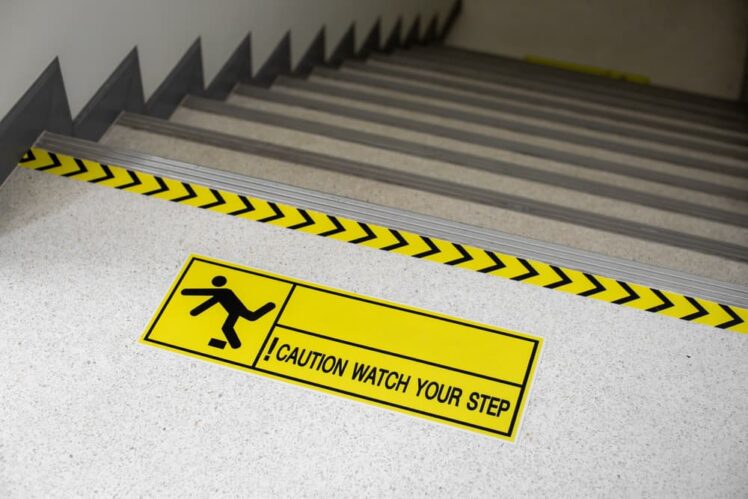
Security Protocols and Equipment
As we know that the leading cause of workplace is fall accidents and other causes which is also known as the Fatal Four.
- hits by objects
- electrocution
- getting caught between objects or equipment
Each of these factors could be avoided by following proper security protocols. Take on appropriate protecting equipment such as goggles, boots, and hard hats. It’s essential to concentrate on the hair if your hair is long. And it’s also good not to use jewelry while working on the workstation. OSHA estimates that eliminating the Fatal Four could save the lives of 468 American workers each year; and that can only be achieved with safety training.
Accident Prevention in Industry
In addition to conducting safety checks, supervisors and managers need to provide clear guidelines to employees and subcontractors on accident prevention, as well as what to do if a safety lacking issue is found. This means implementing the proper security controls and procedures before starting a project.
To meet your goal, OSHA offers several resources:
- Worker Safety Series: A compilation of safety tips specific to the construction industry.
- Regulations (Safety Standards): Legal rules and regulations on safety in construction sites.
- Workers’ rights: Publication with resources to learn about labor rights.
The best way to prevent accidents is to train all staff, conduct regular safety inspections, and use the proper safety equipment. When all workers on a construction site are informed and know the safety guidelines, everyone benefits.
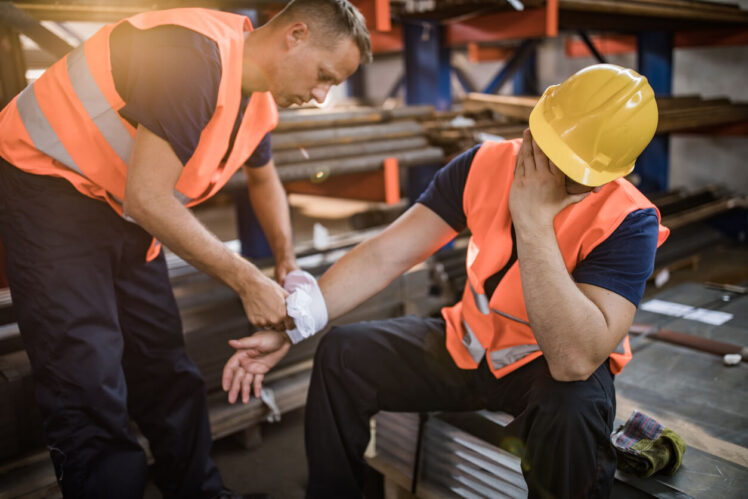
Share With Your Friends